Introduction
A gummy smile is one of the most difficult malocclusions to treat in the conventional orthodontics. There are various causes of gummy smiles. They could be divided into two categories, one is related to the hard tissue of maxilla and alveolar bone, and the other is to the soft tissue. A hard tissue problem means (1) horizontal maxillary excess, (2) vertical maxillary excess, (3) horizontal dentoalveolar excess, and (4) vertical dentoalveolar excess. A soft tissue problem contains overgrowth of the gingiva, over-activation of smiling muscles and short philtrum.
To improve gummy smile with the orthodontic treatment, upper incisor intrusion has been conducted. However, by the law of action and reaction, compensatory extrusion of the upper posterior teeth was occurred simultaneously. As a result, it is hard to get satisfactory treatment results. The recent introduction of the mini-implant made the absolute intrusion of the upper incisor possible, so that the treatment of the gummy smile was revolutionary changed.
When correcting gummy smile with the lingual appliance, there are several advantages compared to the labial one. Since the force application point is located close to the center of resistance, intrusion force acts more efficiently. Lingual appliance containing upper anterior bite plate is useful for overbite control. Additional application of mini-implants allowed the upper incisor to intrude to a greater extent
In this presentation, I will discuss the differential diagnosis according to the etiology of the gummy smile and biomechanical differences between lingual and labial appliance. Furthermore, I will review the case of the gummy smile correction through the lingual appliance (with/without mini-implant). In particular, I would like to introduce a new method that has recently been improved based on my clinical experience in the lingual treatment using mini implants.

